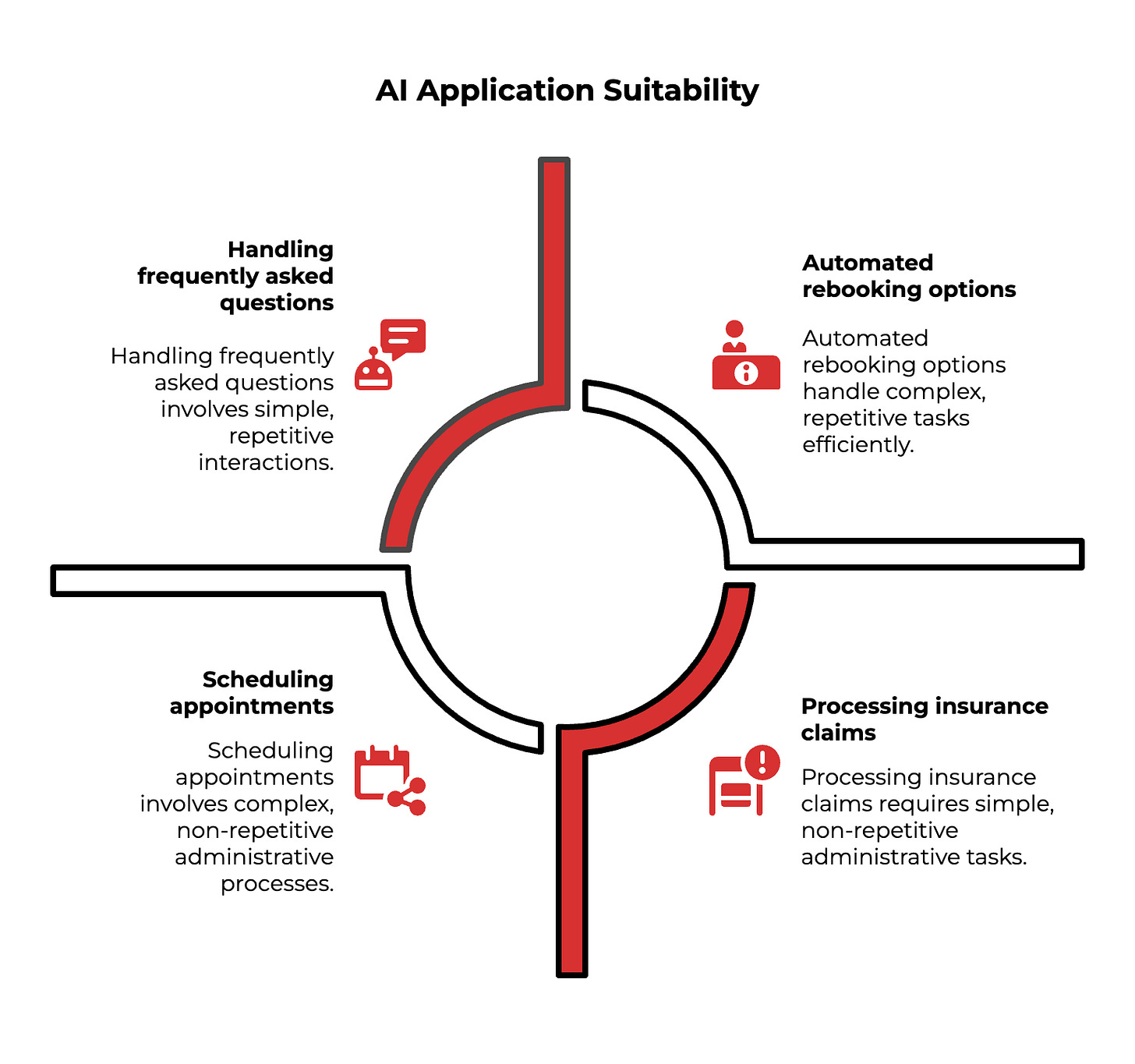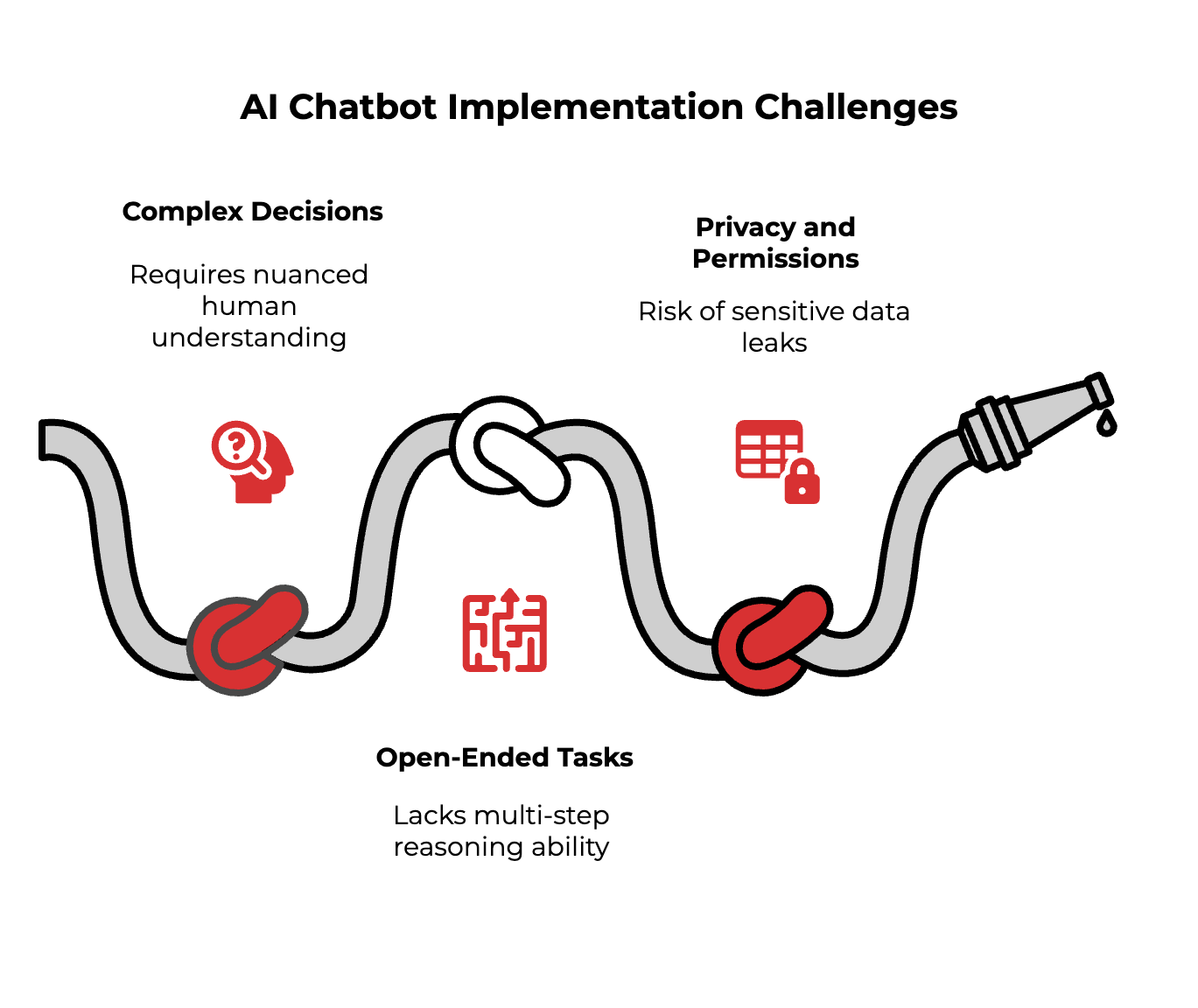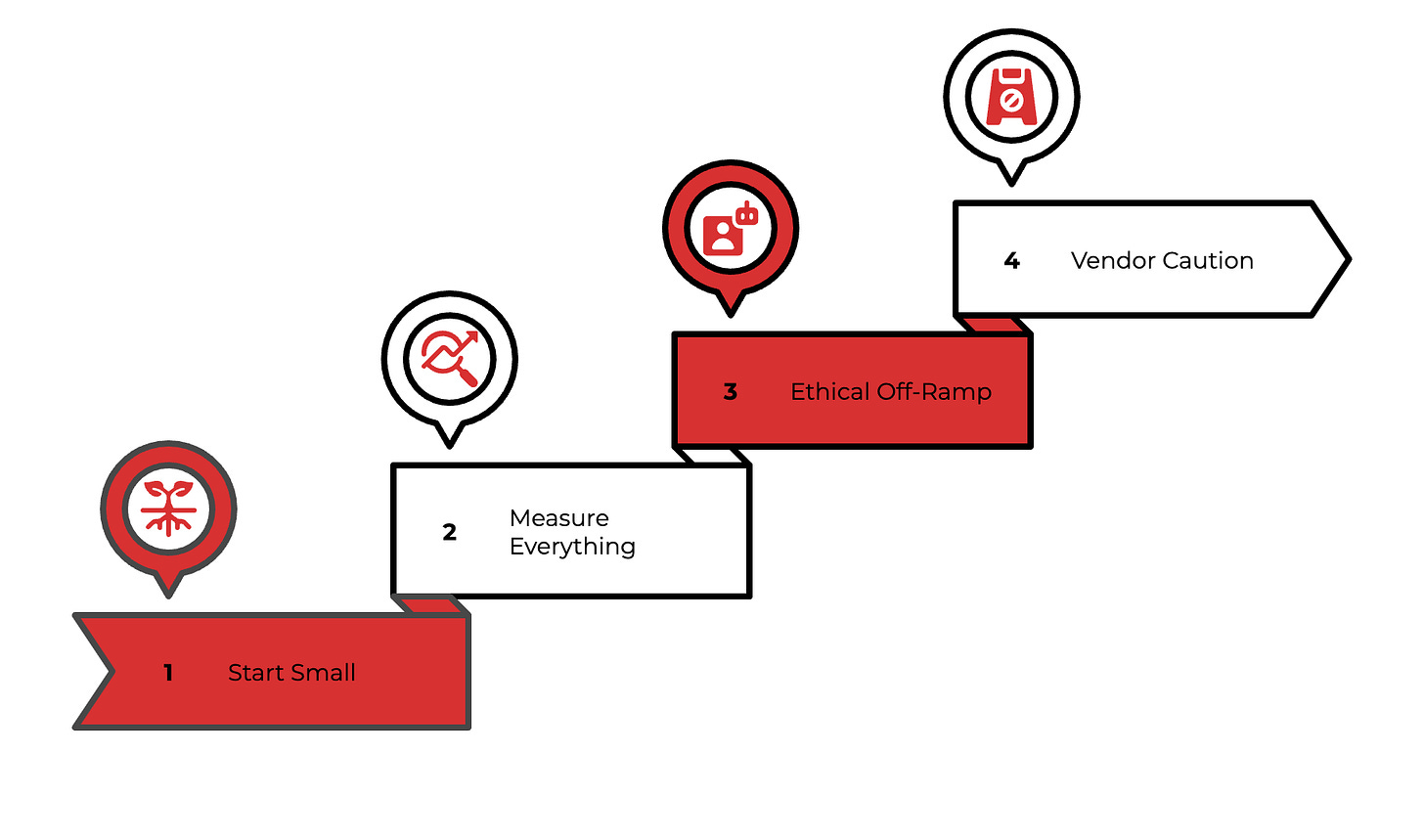Is Your AI Chatbot Wasting Money?
How to tell if your bot is helping or just hurting your bottom line.
Hey Adopter,
Let's be honest. The AI chatbot your company just rolled out is probably a waste of money. It promises a seamless, intelligent experience but delivers a clunky, frustrating loop of "I'm sorry, I don't understand." The marketing hype around conversational AI is selling a science-fiction dream of a personal Jarvis, but the reality most businesses are deploying is a decade-old nightmare of bad bots.
This isn't another article hyping AI's abstract potential. This is a practical guide to stop you from burning cash on useless tech. We're going to get specific about where chatbots actually deliver value and where they consistently fail. You'll learn to set the right expectations, identify winning use cases, and avoid the common traps that turn a promising project into a reputational black eye.
Where AI Actually Works
Forget the fantasy of an all-knowing digital brain. The real value of conversational AI is in targeted, high-volume grunt work. It shines when it’s deployed with surgical precision, not as a catch-all solution.
Here’s where you can expect real returns:
Simple, Repetitive Workflows: Think of tasks that happen hundreds or thousands of times a day. Automated rebooking options for travelers, handling the same five frequently asked questions, or running user verification in a contact center are perfect examples. The bot isn't thinking; it's executing a script flawlessly at scale.
Administrative and Form-Based Tasks: AI is excellent at guiding users through structured processes. This includes processing insurance claims, scheduling appointments, or providing status checks on orders. These are essentially smart forms with a conversational interface.
The common thread here is that these are narrow, well-designed, "one-click" solutions. They succeed because they are built to solve one specific, measurable problem, saving real time for both the customer and your business.
Where AI Fails Miserably
The line between a useful tool and a frustrating mess is sharp. Pushing a chatbot beyond its limits is where projects go to die. Be brutally realistic about its capabilities.
Here’s where chatbots hit a wall:
Complex or Emotional Decisions: Any situation that requires nuance, context, or genuine understanding is a non-starter. A bot cannot handle a customer who needs an exception to a policy, requires empathetic advice, or needs someone to arbitrate a complex issue. Forcing AI into these roles only leads to angry customers and escalations.
Open-Ended "Agentic" Tasks: Despite the marketing, agents that can reason effectively across multiple steps or "understand everything about you" are still firmly in the realm of science fiction. Don't expect a bot to manage a complex project or synthesize information from multiple, unstructured sources on the fly.
Privacy and Permissions: This is the landmine everyone forgets. A chatbot can only see the data you connect it to. Without being carefully sandboxed, it can easily spill sensitive information. A robust system requires deep integration with permissions, like Microsoft's Copilot, to prevent it from accessing and sharing data it shouldn't. One mistake here can cause a major privacy breach.
A Playbook for Not Wasting Your Money
If you want to succeed, you have to resist the hype and get practical.
Start Small and Specific. Find one hole-in-one use case that can be cleanly measured and delivers obvious value. Solve that one problem perfectly before you even think about expanding.
Measure Everything. Success comes from incremental improvement. Track outcomes, identify where users get stuck, and iterate relentlessly. The data will tell you what's working and what isn't.
Build an Ethical Off-Ramp. Every AI system must have a transparent and easy way to hand off to a human. AI should never make irrevocable or opaque decisions, like denying an insurance claim or a healthcare request. It should handle the drudge work, not replace judgment.
Be Wary of Vendors. The pricing models for these platforms can shift dramatically. Many solutions only seem to work because they are subsidized during the early adoption phase. Don't get locked into a system that will send your costs soaring overnight.
The future is about augmenting your team, not replacing them. Conversational AI is a powerful tool, but only when it’s focused on clear, repeatable problems and designed for trust. The path to real value is methodical, skeptical, and always keeps the human in the loop.
Adapt & Create,
Kamil






